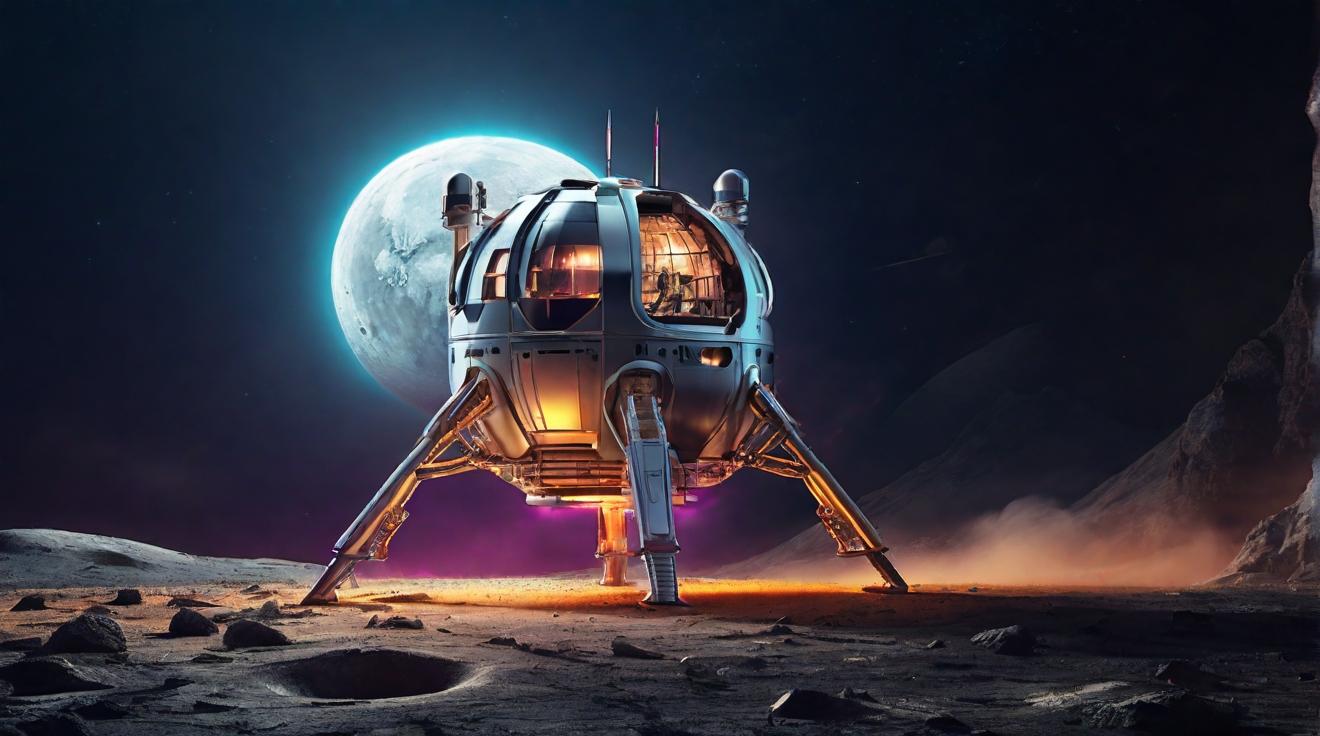SpaceX Delays Historic Lunar Lander Launch to Thursday
In an unexpected turn of events, SpaceX announced the postponement of the eagerly awaited launch of the Intuitive Machines IM-1 robotic moon lander. Originally slated for a Tuesday evening liftoff, the mission is now rescheduled for early Thursday morning, marking a significant moment as it aims to be the first U.S. lunar landing in over half a century.
Technical Setback Leads to Rescheduled Launch
The launch, integral to NASA's commercial lunar payload services (CLPS) initiative and the broader Artemis campaign, encountered an unforeseen hurdle less than two hours before its initial schedule. A technical issue involving "off-nominal methane temperatures" forced SpaceX to stand down, opting for a cautious approach to ensure mission safety and integrity. The company, known for its pioneering space endeavors, made the announcement via X, highlighting their commitment to mission success and safety.
A New Chapter in Lunar Exploration
Set to take off from Kennedy Space Center's Launch Complex 39A, the revised launch window is now fixed at 1:05 a.m. EST Thursday. This mission symbolizes a significant leap towards reviving U.S. lunar exploration efforts, with expectations to land at the moon's South Pole region. The Falcon 9 rocket will propel the Nova-C lunar lander, dubbed "Odysseus," into space, carrying six vital NASA payloads designed to enhance our understanding of the lunar environment.
The Science Behind the Mission
The payloads aboard the Nova-C lander aim to address several scientific inquiries, from studying the interaction between engine plumes and lunar dust to radio astronomy and space weather's effects on the lunar surface. Notably, the mission will test precision landing technologies and measure liquid propellant levels in zero gravity conditions. Furthermore, the inclusion of a retroreflector array on the Nova-C hopes to establish a network of location markers on the moon, benefiting future lunar missions for decades.
Context of the Mission
This launch comes on the heels of the Peregrine Mission One, another U.S. CLPS spacecraft that faced a propulsion anomaly in its attempt to reach the moon earlier this year. Despite these challenges, the space community remains optimistic, with extensive live coverage of the IM-1 launch scheduled across various platforms, including NASA TV and a live webcast by SpaceX.
Conclusion
The anticipation for this landmark mission underscores the growing excitement and commitment toward lunar exploration and scientific discovery. With its new launch date, the Nova-C lander stands on the cusp of history, ready to embark on a journey that could redefine our understanding of the moon and beyond.
Analyst comment
Positive news: SpaceX’s historic lunar lander launch has been rescheduled for Thursday after a technical setback. The mission, a part of NASA’s CLPS initiative and the Artemis campaign, aims to revive U.S. lunar exploration efforts. The Nova-C lander will carry vital NASA payloads to enhance our understanding of the lunar environment and establish a network of location markers on the moon. The space community remains optimistic despite previous challenges, highlighting the growing excitement and commitment towards lunar exploration and scientific discovery.
Market analysis: The rescheduled launch of the historic lunar lander by SpaceX could lead to increased interest and investment in the space exploration sector. It demonstrates the ongoing commitment of both SpaceX and NASA towards lunar exploration, potentially attracting more funding and development in the industry.













